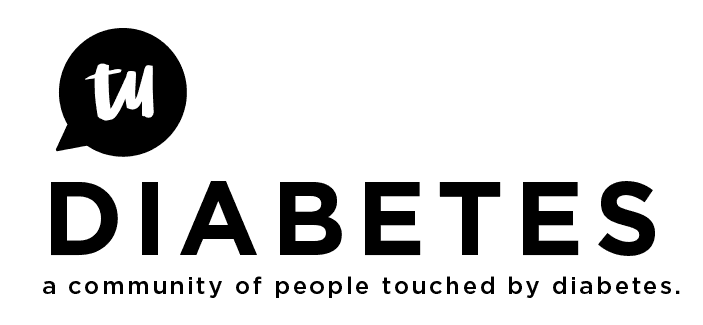I posted this in another forum, and then thought everyone should have a chance to see it. It's something I learned at misc.health.diabetes many years ago, but still seems not to be common knowledge.
Something that MANY people and docs don't know: people glycate differently. There can be as much as a 1% difference either way. So my 6% (I'm a low glycator) is equivalent to someone else's 7% ( a "normal" glycator) and even another person's 8% (a high glycator). I never had an A1c above the 6's, except when I was out of control and symptomatic in the beginning, when I had a 7.1%, and then when I got sick last September, and had a 10.7%. For me, that was LIFE-THREATENING; other people walk around with considerably higher A1c's and don't go into comas.
So the lesson is that docs SHOULDN'T rely on A1c alone, because if you are a low glycator, you might have an "excellent" A1c, and still be peaking well above 200 after meals, and never achieving a fasting BG below 150. (Me, when I was at my most symptomatic, with an A1c in the low-to-mid 6's). Conversely, those who bemoan the fact that they can never get their A1cs below 8% may be high glycators, and although they should still make the effort, maybe a 6% is simply unreasonable for them.
I am perturbed about the movement to make an A1c > 6.5% diagnostic for diabetes, because it will overlook some Type 2's in the early stages, when their BGs may not be catastrophically high, but still high enough to cause damage. There are already too many Type 2's who present with complications already present -- no need to make things worse!
Ideally, the doc should look at the whole patient -- A1c, yes, but also BG logs, diet habits, exercise habits, and life stressors before making a treatment decision. Possibly an OGTT and a professional CGM trial for 5 days (3 days is not long enough).
It seems to me that it would be better to catch some pre-diabetics, when they really do have a chance to improve their BGs with sensible eating and exercise than to let others go until they have started to go blind, have nephropathy (a lady I know is obese, has nephropathy and leg ulcers, and the doc insists she is not diabetic), etc.
Rant over, LOL!

